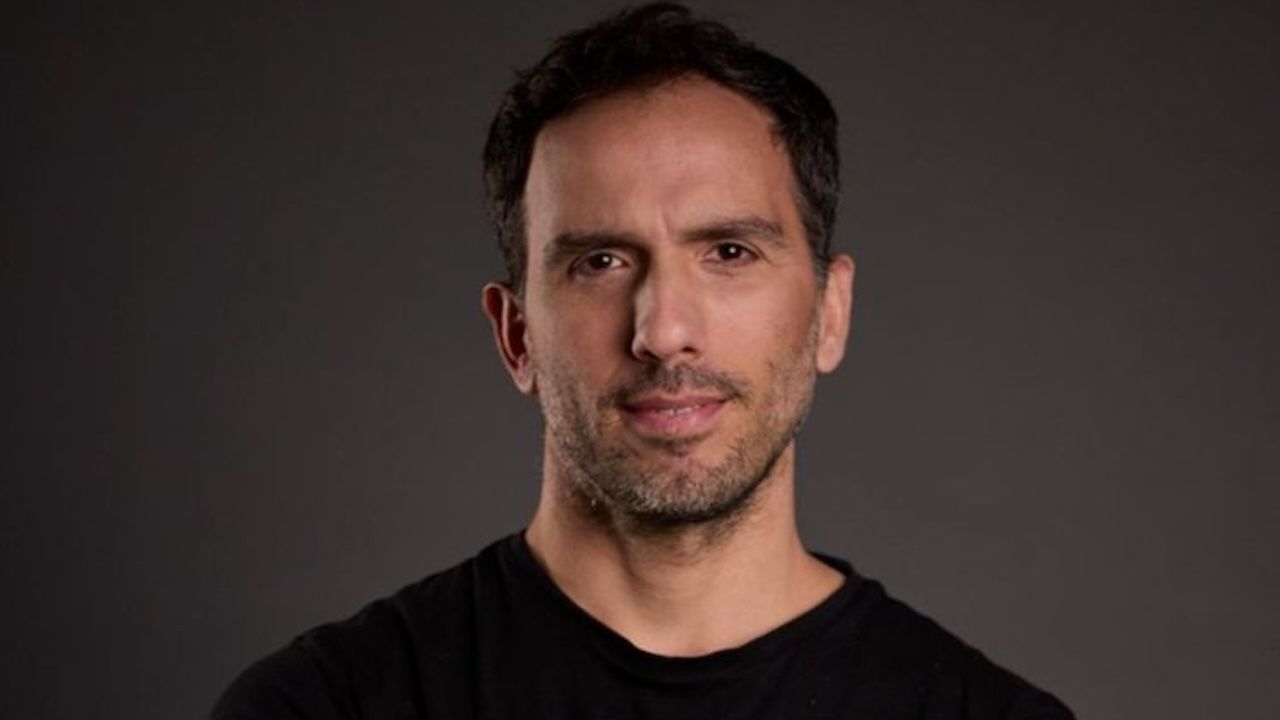Raising with only an idea? Do this - with Moti Elkaim
Sep 18, 2024
AI has changed a lot in the startup market. It has become easier to deliver software products. According top startup storytelling expert Moti Elkaim, this has opened the door to something that has become almost extinct - raising money with only an idea. It is still very hard to pull off, but Moti believes it's possible.
Moti was our guest on the podcast a while back (listen to our conversation here). He helped startups raise millions by improving their storytelling skills and refining their pitch.
Here are his 5 tips on how to raise money when you're just getting started:
- Focus on Process Transformation Process transformation refers to how your idea can change the way people work, communicate, or perform daily tasks on a large scale. Investors are more interested in how your solution will overhaul an existing workflow, like Slack did with team communication or Uber did with transportation, than in the actual product. When pitching, show how your idea can bring significant efficiency, simplicity, or improvement to an existing process.
- Make AI Secondary AI is now the standard in many startups, so it’s no longer a unique selling point. When pitching, make sure AI is a supporting element to your story, not the focus. Investors care about results and impact, not the technology behind it, so treat AI as a tool rather than the main story.
- Tell a Human Story Investors are likelier to connect with a human-centered story than a list of stats or technical details. Present a relatable problem and how your solution will improve lives. For example, instead of focusing on metrics, focus on the real-world frustration your solution solves. If your story is compelling and simple, it sticks with investors, making your idea more memorable when they reflect on it later.
- Prove There’s Demand To win over investors when you only have an idea, you need to prove there’s a genuine market demand for your solution. This can be done through user research, quotes from potential customers, or testimonials from those eager to use and pay for your product. You want to show that your solution is not just viable, but that it is necessary.
- Avoid Over-Emphasizing the Product When pitching a pre-product concept, getting into the specific details of a product that hasn’t been built can become a serious pitfall and raise doubts that will be hard to reconcile. Investors don’t need to know every feature of a future product; they care about the big picture. Show them how your idea will change how people do things or solve problems and keep them focused on what really matters.
